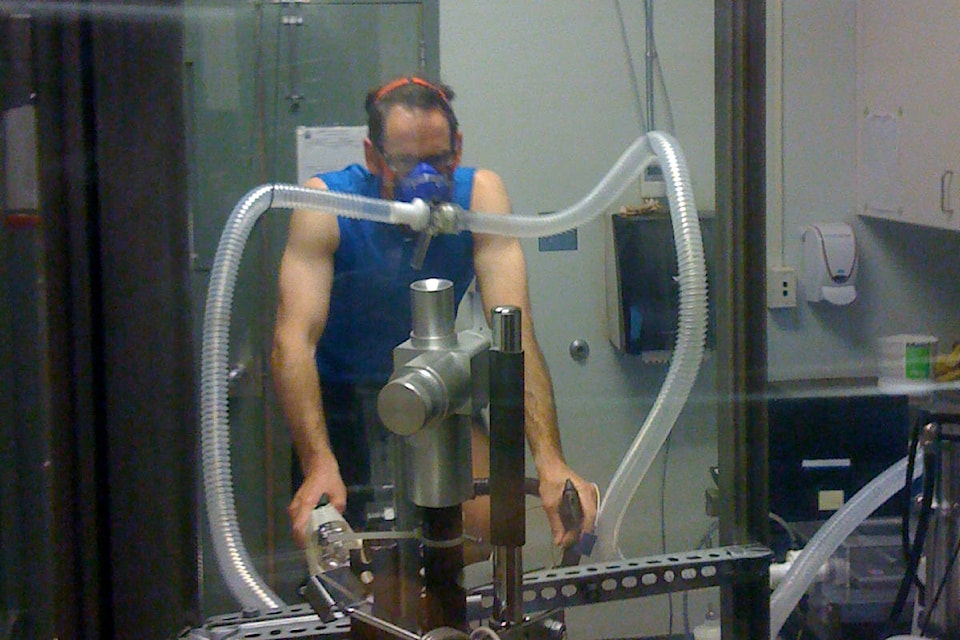There is no one-size-fits-all rule for safely exercising through this wildfire season, says a researcher at the University of the Fraser Valley.
Instead, it comes down to managing your own exposure to pollutants and heat, and knowing more about air pollution in the first place, says Dr. Luisa Giles. So she is arming kinesiologists, personal trainers and other health practitioners with the tools to research ever-changing air pollution situations, so they can support their clients better.
Giles has created an online professional development course that kinesiologists and trainers can take that will guide them in better counselling their clients, in the hopes that fewer people experience acute symptoms of heat and pollution due to exposure during exercise.
“These groups may not actually learn about air pollution exposure during exercise,” Giles said, because it hasn’t been as prevalent a concern in North America as it has in some other areas of the world. For that reason, she says, there also isn’t a comprehensive body of research on the topic.
There are about 250 forest fires burning in B.C. this week, producing thick smoke throughout the southern half of the province. On Thursday morning, the Fraser Valley woke up to smoke-filled skies.
Last year, the Fraser Valley was filled with fire smoke from several fires in Washington, prompting air quality advisories and a little more public education about exposure, home air purifiers, and modifying activity.
The online course Giles created will help spread those important messages, while also collecting more research information from participants. It only takes about four hours to complete, and there is a $50 fee.
It’s already active, and must be completed by Aug. 31.
It doesn’t just teach practitioners about air pollution dangers, it teaches them how to monitor those dangers themselves, and advise clients in changing conditions. And Giles says, what works for one person may not work for another.
It’s about managing your overall exposure to pollutants throughout the day, and weighing the risks and benefits of exercise for your personal situation. Many people exercise to improve their overall mental health, not just physical health, she adds. And missing out on that exercise can be detrimental to their health.
There are options for those who feel the risk is too great. She suggests finding ways to work out inside, ideally near an air purifier. If that’s not possible, she suggests exercising in the hours of the day with the best air quality. That usually means early mornings. Typically the worst hours for pollution are when the sun is the hottest at noon, until the sun has fully set after 9 p.m.
And what about masks?
She says there isn’t enough research on those either. But there is nothing to suggest that wearing a mask is dangerous. She suggests a tightly woven, three-layer mask, and advises people to remember “it won’t make you invincible.”
She says those with heart issues or breathing problems will obviously need to take more care, but should still find a way to exercise if possible.
“When we’re thinking about long term … the benefits of exercise outweigh the risk of air pollution,” she says.
To sign up for the course, visit UFV’s Continuing Studies page under Kinesiology. For any questions regarding the course, contact Hanna Pahl at hanna.pahl@student.ufv.ca or Luisa Giles at luisa.giles@ufv.ca.
READ MORE: Southern B.C. Interior cities have worst air quality in Canada
@CHWKcommunity
jessica.peters@abbynews.com
Like us on Facebook and follow us on Twitter.
Want to support local journalism during the pandemic? Make a donation here.
